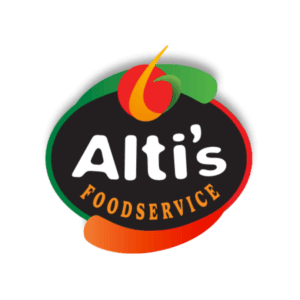The cash & carry sector is currently navigating a complex landscape influenced by economic fluctuations and evolving consumer preferences. To maintain their market position, businesses are reassessing their strategies and operations.
Economic Pressures Impacting Operations
Recent economic downturns have led to increased operational costs for cash & carry businesses. Factors such as rising fuel prices and supply chain disruptions have significantly affected profit margins. For instance, Kitwave, a prominent wholesaler, reported an 8% decline in operating profits, attributing the downturn to adverse weather conditions impacting demand in their hospitality sector.
Adapting to Consumer Behaviour Changes
Shifts in consumer behaviour are prompting cash & carry businesses to adapt their offerings. There’s a noticeable trend towards healthier and more sustainable products, compelling wholesalers to diversify their product ranges. Additionally, the rise of e-commerce has led to increased demand for online ordering and delivery services, pushing businesses to enhance their digital platforms to meet customer expectations.
Strengthening Supplier Relationships
Supply chain challenges have underscored the importance of robust supplier relationships. Cash & carry operators are now focusing on building stronger ties with local suppliers to mitigate risks associated with international logistics. This strategy not only ensures a more reliable supply chain but also supports local economies, aligning with the growing consumer preference for locally sourced products.
Internal Links and Related Reads
Conclusion
The cash & carry industry is at a pivotal point, facing economic pressures and changing consumer demands. By adapting to these challenges through strategic planning and innovation, businesses can continue to thrive in this dynamic environment.
www.altisfoodservice.com
01933 834 734

